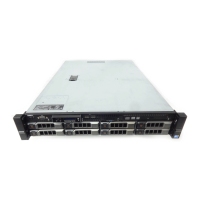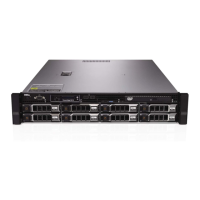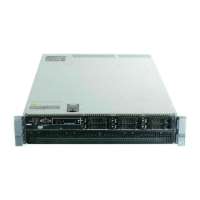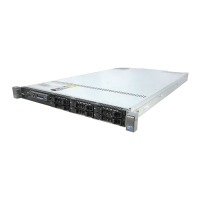Dell
PowerEdge R510 Technical Guide 44
CPU Power and Performance Management:
Maximum Performance | Minimum Power | OS DBPM | System DBPM
Memory Power and Performance Management:
Maximum Performance |1333Mhz |1067Mhz |800Mhz| Minimum Power
Fan Algorithm
Performance | Power
Table 14 details power management state transitions.
Table 16. Power Management State Transition
*S4 has OS support only.
9.3 UEFI and ACPI
For PowerEdge R510 systems, the UEFI layer does not participate in generation of the ACPI (Advanced
Configuration and Power Interface) table. The ACPI table is generated by the BIOS and UEFI exposes the
ACPI table as an EFI configuration table entry. See the UEFI 2.1 specification for the details on EFI
configuration table and the ACPI_TABLE_GUID.
9.4 Supported CPU ACPI States/Turbo Mode
The Intel 5500 Chipset processor supports the following C-States: C0, C1, C1E, C3, and C6. The PowerEdge R510
supports all of the available C-States
R510 supports the available P-States corresponding to the specific Intel 5500 Chipset processors as shown in Table 15.

